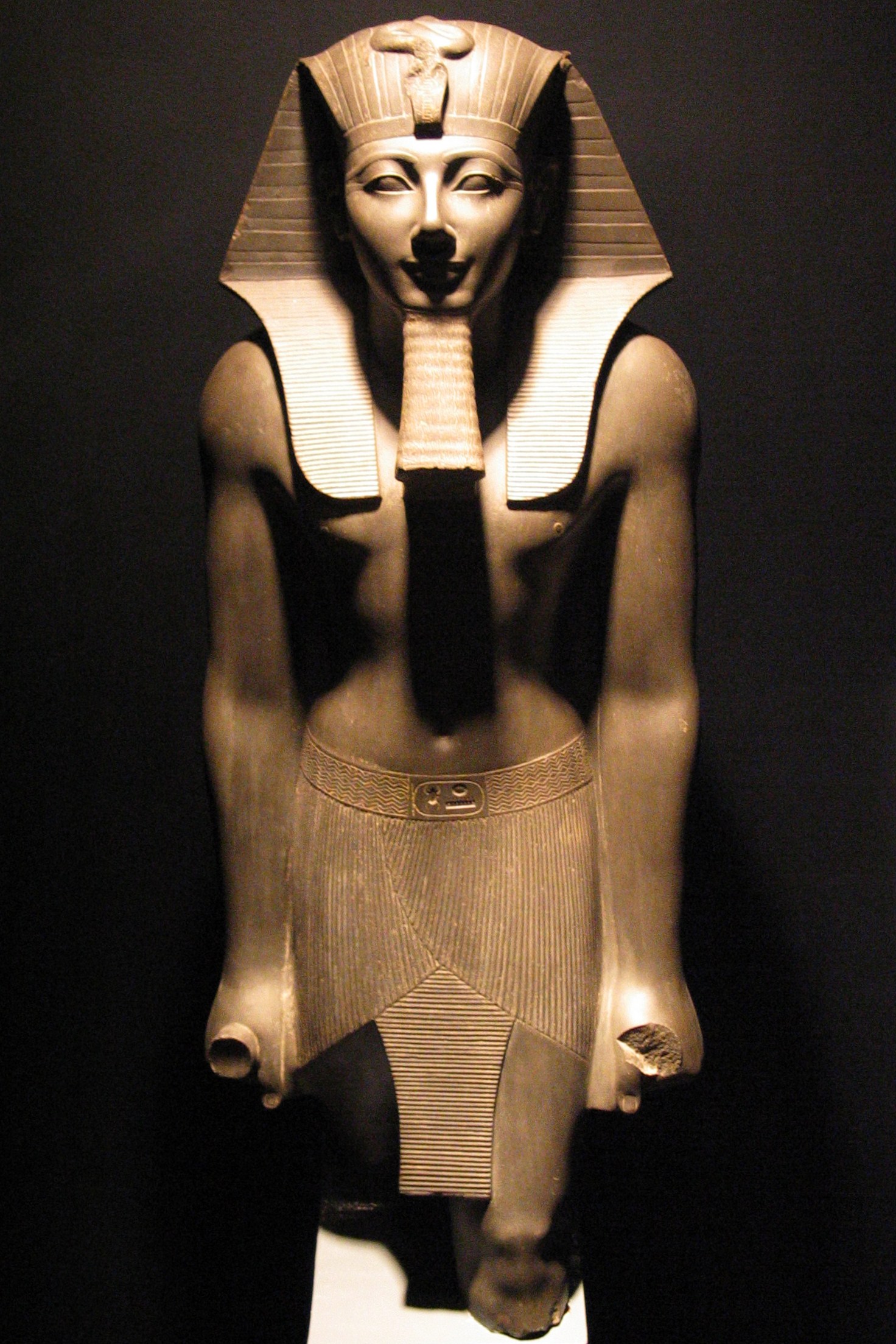On April 16, 1457 BCE, the Canaanite coalition led by the King of Kadesh lost a decisive battle against Pharaoh Thutmose III at Megiddo. This ancient engagement is detailed in historical records, thanks to the diligent work of Tjaneni, who served as Thutmose’s royal scribe and documented it for the Karnak Temple walls.
Megiddo, a city of immense strategic importance in the ancient world, was a thriving hub in northern Israel, managing vital trade networks between Egypt and Mesopotamia. Thutmose III, a leader of great military skill, demonstrated his prowess when he led his soldiers through the hostile Aruna Pass to outmaneuver his foes during the Canaanite rebellion against Egyptian control. Despite general opinion, his decision to tackle the Aruna Pass was a pioneering display of military brilliance that is still studied today.
The battle itself proved decisive. Thutmose III led his trained military units, including archers, charioteers, and infantry soldiers, to defeat the Canaanite forces, who were taken unexpectedly when his forces came out of the Aruna Pass. Thutmose III took seven months to besiege Megiddo before its fall while employing psychological warfare by permitting refugees into the city until its resources ran out. Thutmose III exhausted the city’s resources through relentless patience, forcing its defenders to surrender.
The Battle of Megiddo, a pivotal historical event, set the stage for numerous essential military practices. Scholars continue to study the deceptive tactics, swift operations, and determined siege techniques employed at Megiddo today. The textual reliefs at Karnak Temple, the original foundation of military historiography, bear testament to this. The name of this site, ‘Megiddo’, was later transformed into ‘Armageddon’, a religious term in Judeo-Christian theology that signifies prophesied apocalyptic warfare.

